Energy, Work and Transportation in Ancient Rome and Greece

Lecture 16: Harnessing Animal Power – Land Transportation
Understanding Greek and Roman Technology: From the Catapult to the Pantheon
Dr Stephen Ressler (2013)
Film Review
Ressler spends the first third of this lecture explaining the engineering concepts of machine, work and power.
Machine: assembly of moving or fixed parts used to perform work.Work: quantity of energy expended when a force moves through a distance.Power: rate at which work is down.Humanity owes our concept of simple machines to the third century BC Greek mathematician and inventor Archimedes. Although Archimedes didn’t invent the lever, pulley and screw, by deepening our understanding of their operation, he helped expand their usage.
Lever – a simple machine that magnifies applied force.Pulley – a simple machine that changes the direction of applied force
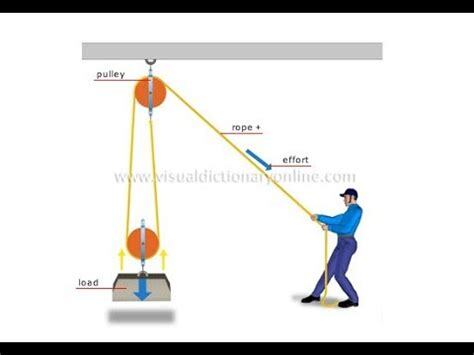
The Greeks and Romans employed three other simple machines not described by Archimedes. All were in wide usage before the classical period.
Wedge – a simple machine that converts a singular force into two opposing forces directed perpendicular to the wedge surfaces.
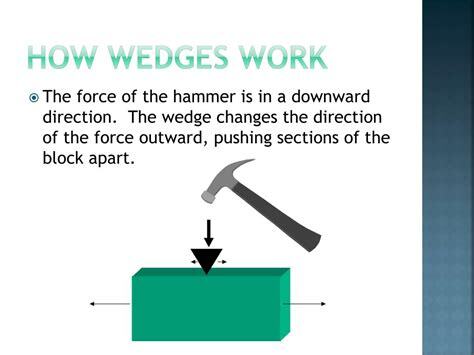
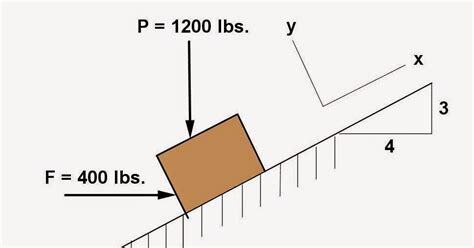
Land Transportation
According to Ressler, there were four main sources of power in ancient Greece and Rome: human beings, animals, water and wind. A mule has five times the power of a human (performs work five times faster), a mule seven times and an ox ten times. Although usually limited to pushing, pulling or carrying heavy burdens, wagons or plows, animals were occasionally used to power grain mills. Water power was used to mill grain and pump water and wind was used to sail ships.
Human porters can only carry 50-60 pounds for no more than a few yards. For heavy loads Greeks and Romans used donkeys (can carry 200 pounds) and mules (can carry 300 pounds). To carry heavy loads long distances, it’s more efficient to load them onto wheeled vehicles pulled by a team of animals.
Both Greeks and Romans commonly used two-wheeled vehicles to carry people.
Greek warrior chariot
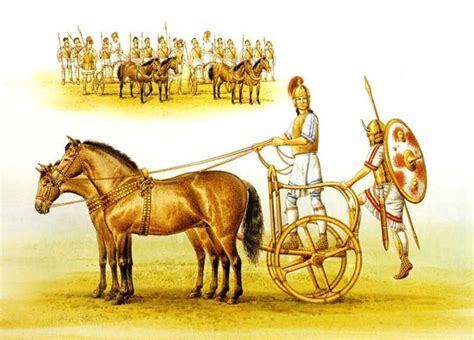
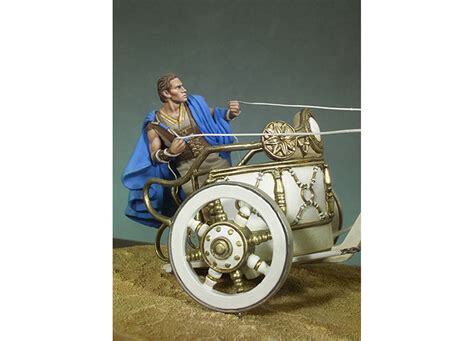
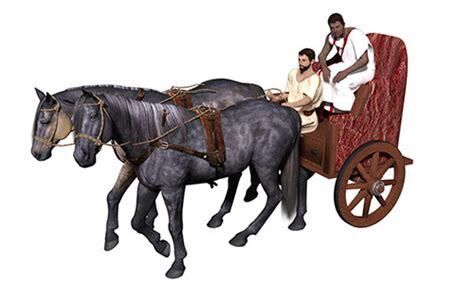
Both Greeks and Romans used four wheeled vehicles drawn by pack animals to transport heavy loads. The Romans also had a four-wheeled passenger carriage.
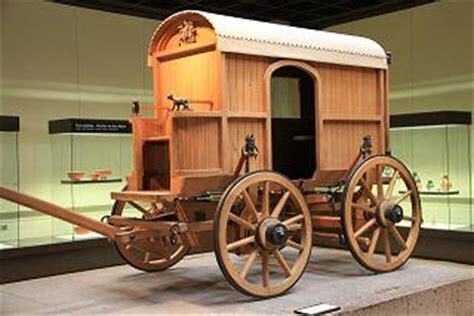
The wheel was invented around the 4th millenium BC, and there is archeological evidence in the Near East of 3rd millenium military chariots with spoked wheels.
The Romans used solid wheels (for their simplicity and strength) for oxcarts and massive siege engines
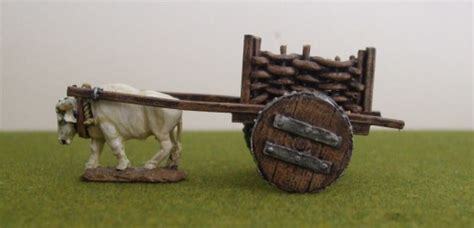

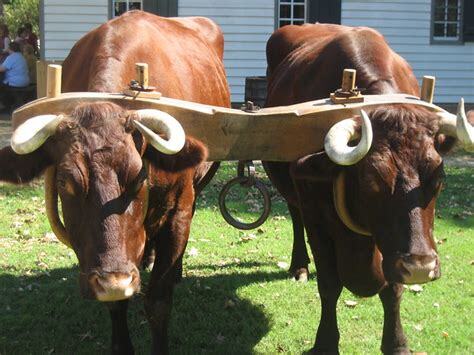
Film can be viewed free with a library card on Kanopy.
https://www.kanopy.com/en/pukeariki/watch/video/146678/146710
The Most Revolutionary Act
- Stuart Jeanne Bramhall's profile
- 11 followers



